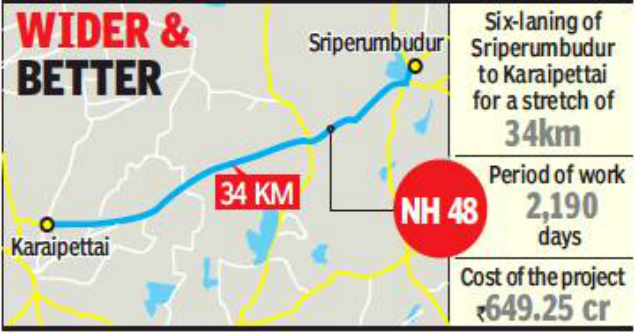Memory blurred by life behind bars, man looks for long-lost daughter
Shanmughasundaram.J@timesgroup.com
Chennai:
For 15 years, all that kept P Samy, now 47, going was the thought that he would be able to meet his daughter when he was released from prison.
 Samy was sentenced to life imprisonment in 2003 for killing his friend who had eloped with his wife. “All I care about is finding my daughter and making sure she is safe,” he said. “I want her to be married to a good man and lead a happy life.” Samy says he doesn’t want his daughter to pay for his and his wife’s mistakes. They got married in 2000 and had a child within a year.
Samy was sentenced to life imprisonment in 2003 for killing his friend who had eloped with his wife. “All I care about is finding my daughter and making sure she is safe,” he said. “I want her to be married to a good man and lead a happy life.” Samy says he doesn’t want his daughter to pay for his and his wife’s mistakes. They got married in 2000 and had a child within a year.
For 15 years, all that kept P Samy, now 47, going was the thought that he would be able to meet his daughter when he was released from prison.
Samy, from Krishnapuram in Kadayanallur taluk, Tirunelveli district, walked free on September 21 under a government amnesty scheme, but he can find no trace of his daughter. He doesn’t even know her name as she was just 10 months old when he last saw her and they hadn’t named her then, something he deeply regrets now.
 Samy was sentenced to life imprisonment in 2003 for killing his friend who had eloped with his wife. “All I care about is finding my daughter and making sure she is safe,” he said. “I want her to be married to a good man and lead a happy life.” Samy says he doesn’t want his daughter to pay for his and his wife’s mistakes. They got married in 2000 and had a child within a year.
Samy was sentenced to life imprisonment in 2003 for killing his friend who had eloped with his wife. “All I care about is finding my daughter and making sure she is safe,” he said. “I want her to be married to a good man and lead a happy life.” Samy says he doesn’t want his daughter to pay for his and his wife’s mistakes. They got married in 2000 and had a child within a year.
On February 2, 2001, Samy recalled, his wife and friend Murugan eloped, taking the child, who was three to four months old, with them. Samy learned they were in Tenkasi and went there to confront them on February 17. Words were exchanged and in a fit of rage Samy stabbed Murugan to death and then surrendered to police. He was initially remanded in judicial custody for three months and finally sentenced to life on September 25, 2003.
All I care about is finding my daughter and making sure she is safe. I want her to be married to a good man and lead a happy life. I endured the pain and anguish of 15 years of life behind bars with the hope of being a good father to her after my releaseP SAMY | Released convict
Samy says he doesn’t know what happened to his wife and child who never visited him in prison. He says a relative had told him that his wife had turned up at her parents home with their daughter and another small child a couple of years after he was jailed, but they had turned her away.
He had heard they could now be working in a brick kiln in Kerala’s Pathanamthitta district.
“I want my daughter back. I endured the pain and anguish of 15 years of life behind bars with the hope of being a good father to her after my release,” said Samy.
Samy, who now lives with his mother in their village, has no money and his long years in prison have affected his health and memory. Samy cannot remember the exact date his daughter was born or when he got married. He says when he returned home from prison, he could not find his wedding photos or any photos of the baby. He recalls that Tamil daily ‘Dina Thanthi’ had carried a photo of him and his wife in a news report the day after the murder. He hopes to contact the media house to get the photo.
Samy’s is clear he wants nothing to do with his wife, whom he blames for his misfortune. He only wants to meet his daughter and ensure her safety.







